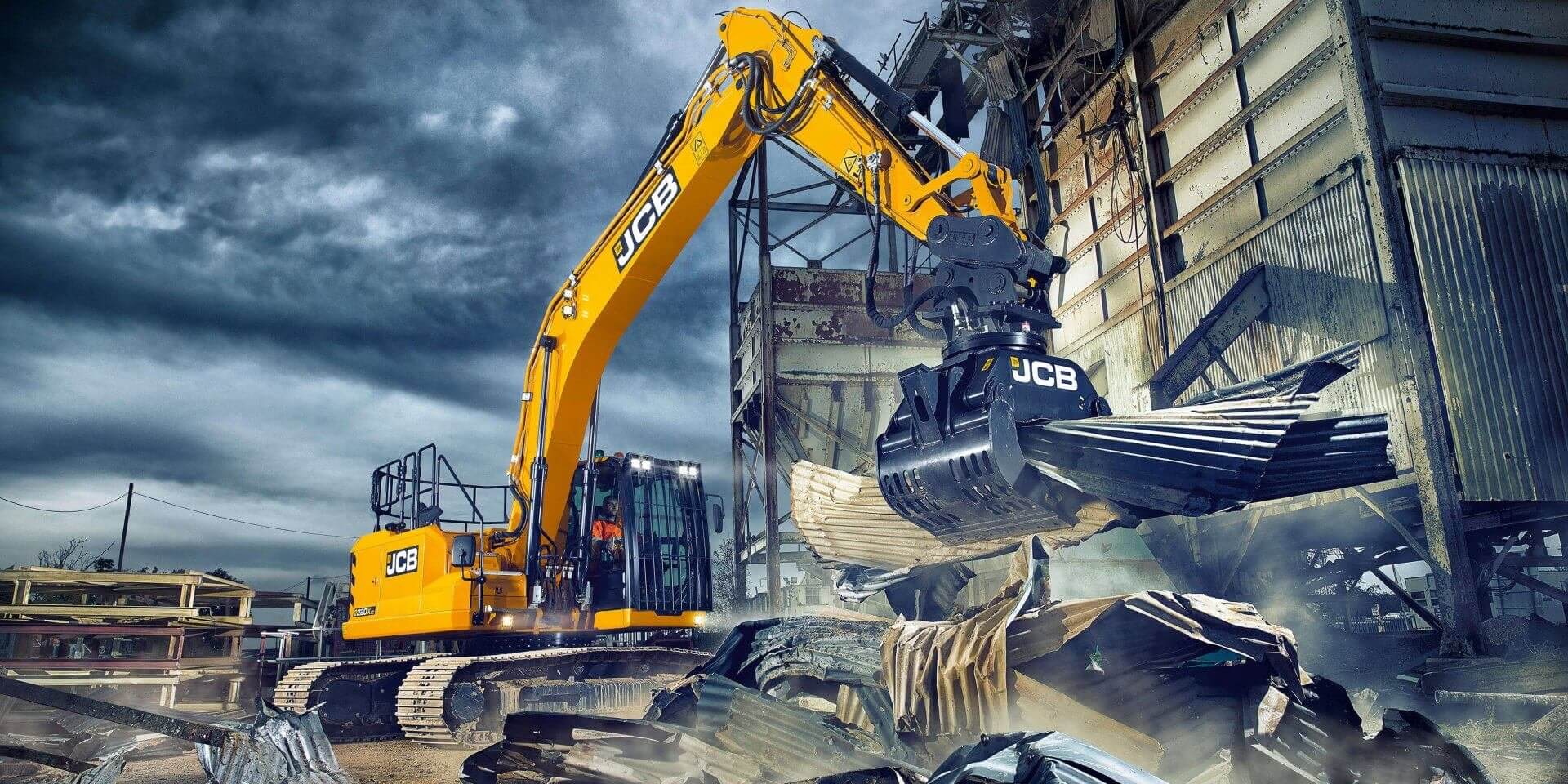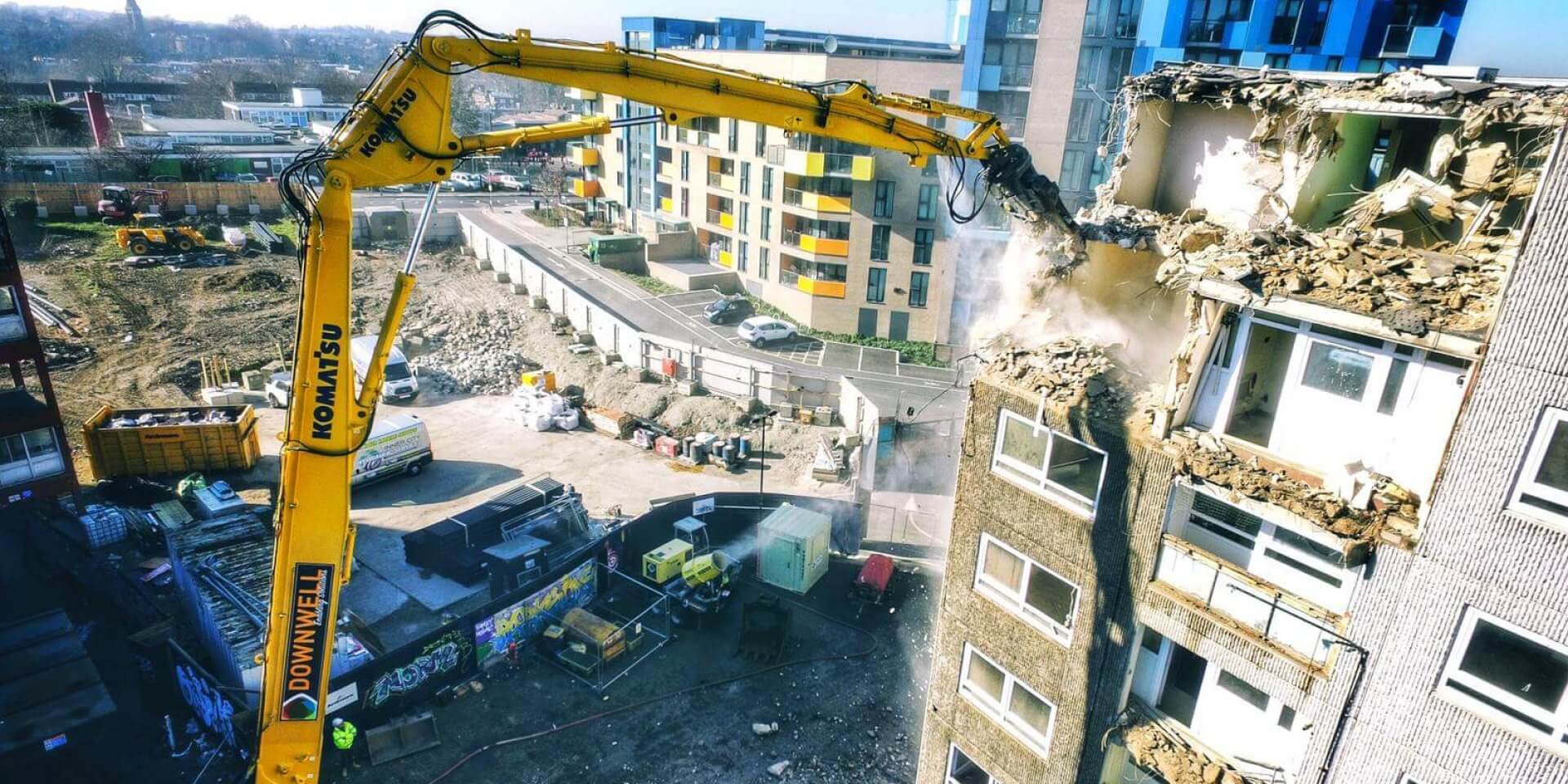Is the demolition trade media serving the industry it purports to cover?
First of all, a quick lesson in how trade magazines work. For every page of “news” that you read, there is about a page of advertising, the revenue from which pays the wages of the editor together with the cost of the paper and postage required to bring his/her words to your desk.
OK, so now you understand the inter-relationship between the news and the commercial side of international trade magazines, perhaps you’ll have a better understanding of why these magazines (and, increasingly, websites and forums) have continued to put a positive spin on an industry in turmoil.
Sure, there are reports about equipment manufacturers cutting workforces and reporting financial losses. But, in truth, these are merely a symptom of a wider and largely unreported problem within the global demolition industry; a problem that is most polarized in the world’s largest demolition market: The United States of America.
For months – in fact, since the recession first sank its rabid teeth into the raw flesh of this industry – Demolition News has continually reported on the fact that US contractors were submitting suicidal bids merely to keep men and machines working; that demolition projects were attracting the unwelcome interest from non-demolition companies seeking to do likewise; that city officials were celebrating when these low bids left money on the table….money that should rightly have been in the pocket of the demolition workers risking life and limb to undertake the work.
And yet, the trade media – the same parasitic trade media that grows fat on the growth of the industry during the good times – has stood idly by and watched as that same industry has imploded. Low bids and ridiculous bid spreads have gone unchallenged, as have a recent spate of accidents and aborted implosions, and industrial action in Nova Scotia.
An unwillingness to upset their paymasters or to undermine the commercial confidence of its potential advertisers has rendered the demolition trade media toothless and devoid of influence at a time when the industry needs guidance, perhaps, more than ever before.
There may be victims along the way but the demolition industry will survive the current recession.
If, however, the demolition trade media does not make it out of the recessionary woods, they will have no-one but themselves to blame.





 Dust Control Technology has announced the introduction of a 180 degree oscillation option on its two largest designs, effectively quadrupling the coverage area of each machine. With this breakthrough, the company is now able to deliver effective particle control over more than 80,000 square feet of area from a single location with its flagship model, the DustBoss DB-60, allowing users to cover nearly two full acres with a powerful dust-trapping mist.
Dust Control Technology has announced the introduction of a 180 degree oscillation option on its two largest designs, effectively quadrupling the coverage area of each machine. With this breakthrough, the company is now able to deliver effective particle control over more than 80,000 square feet of area from a single location with its flagship model, the DustBoss DB-60, allowing users to cover nearly two full acres with a powerful dust-trapping mist. 